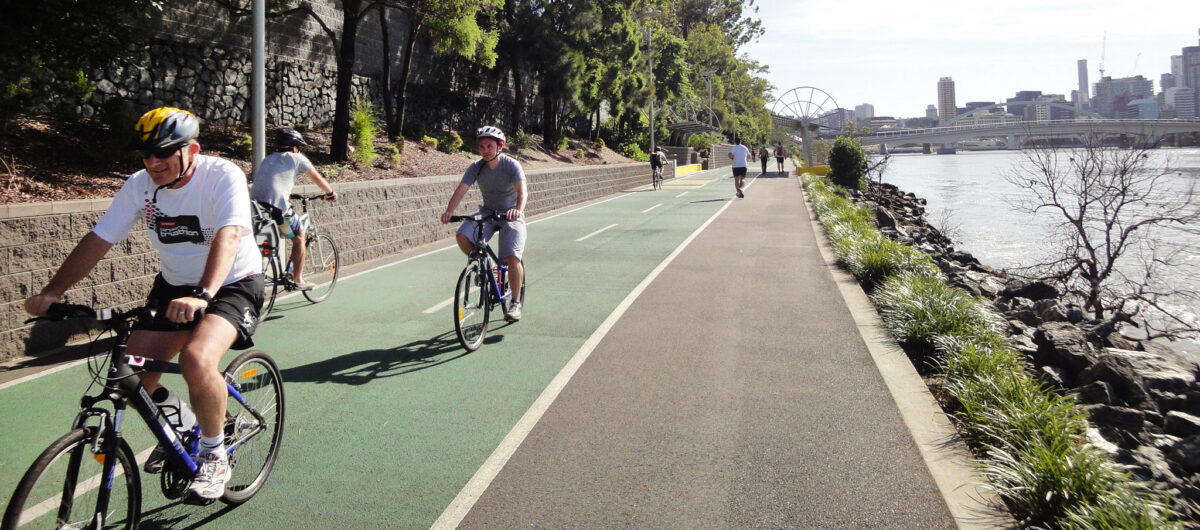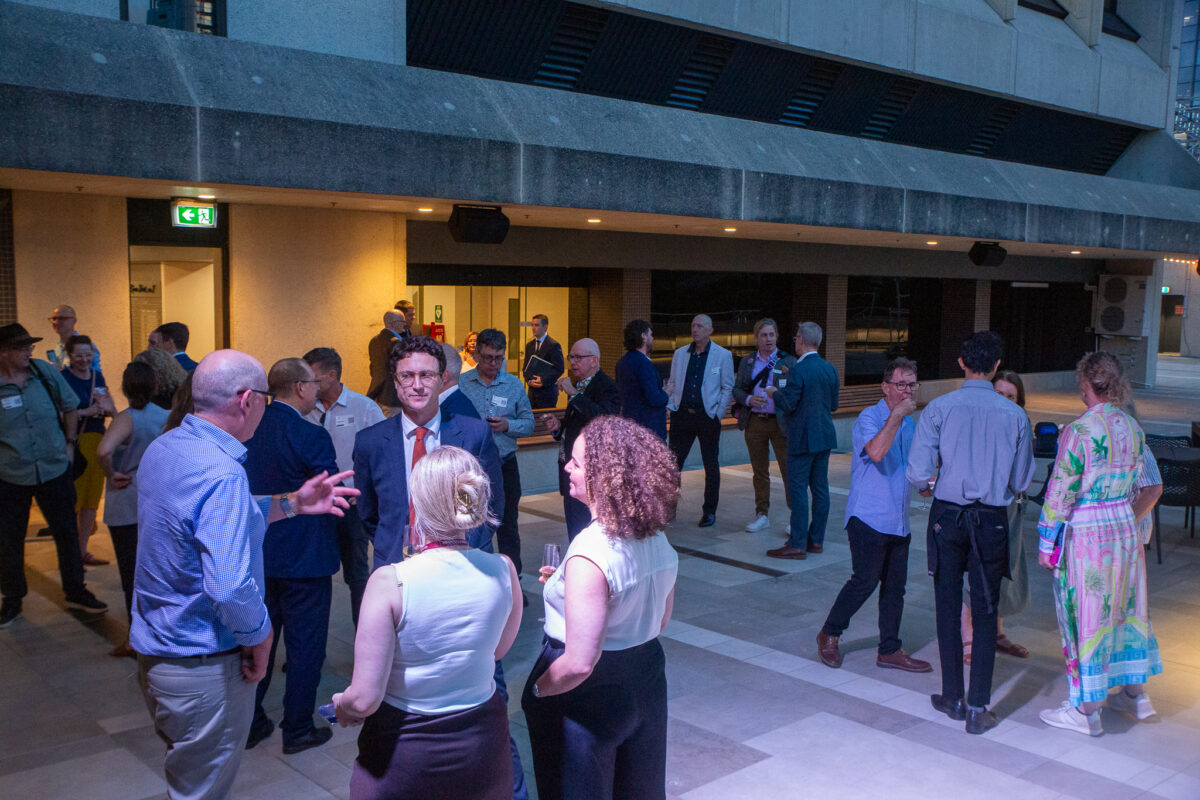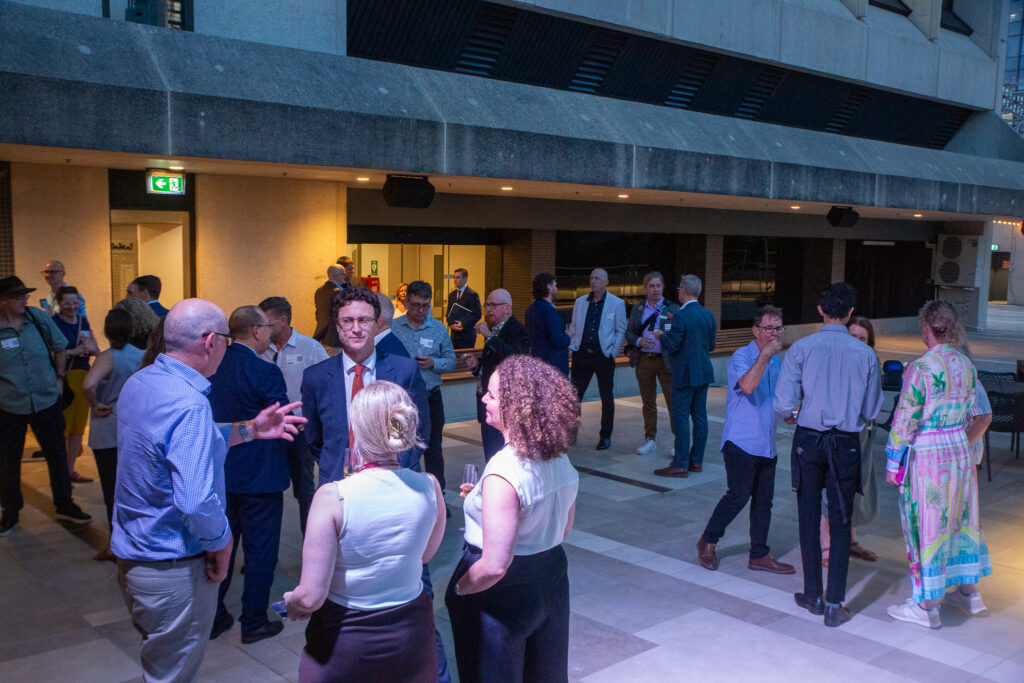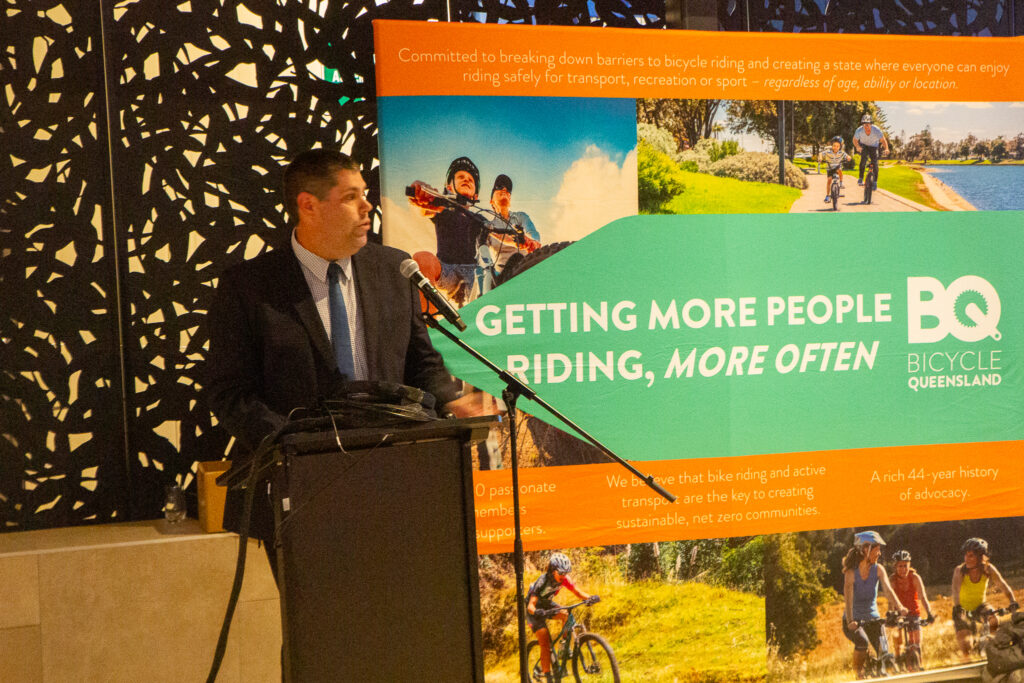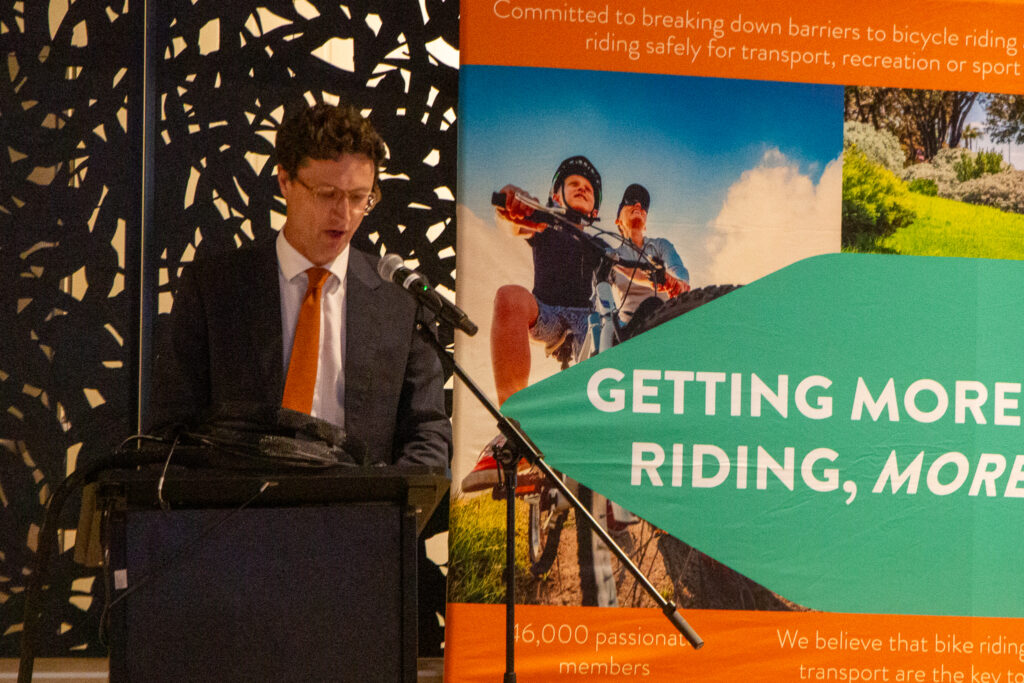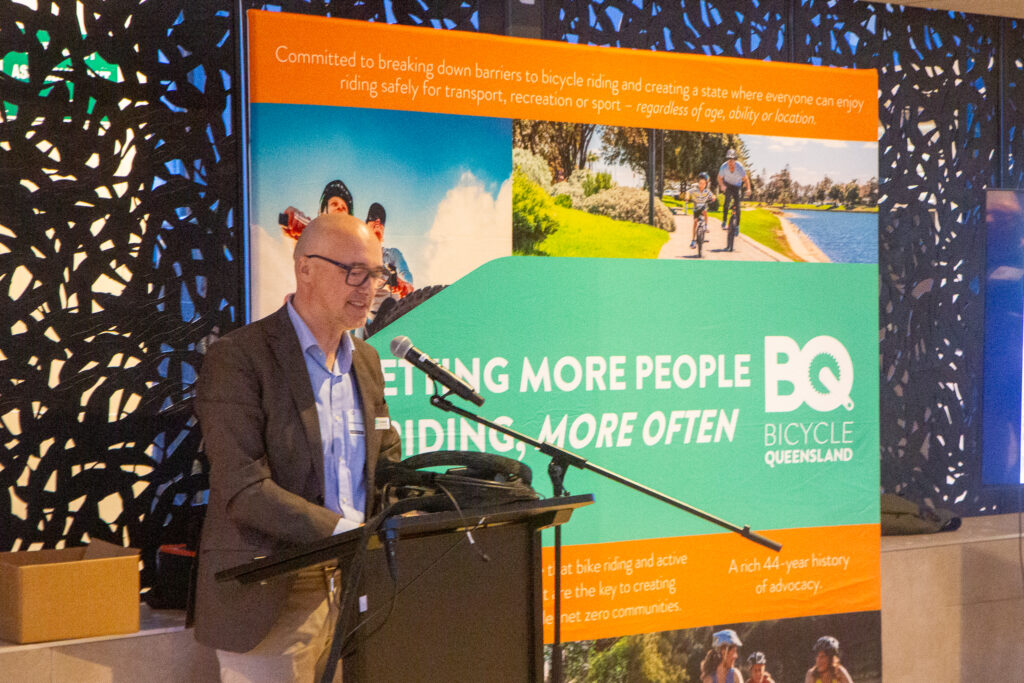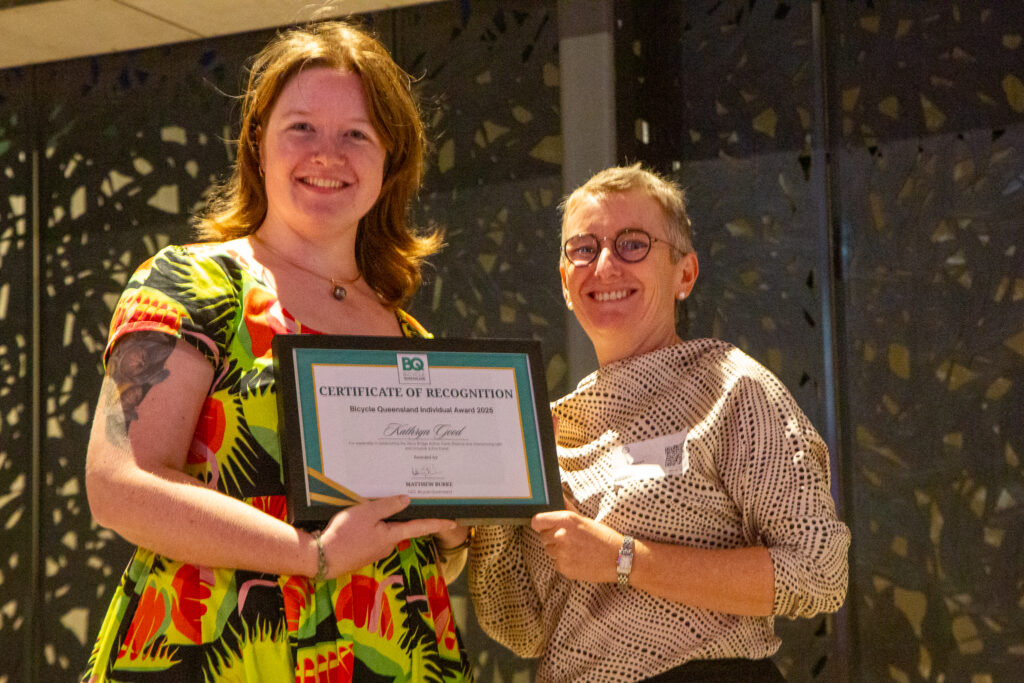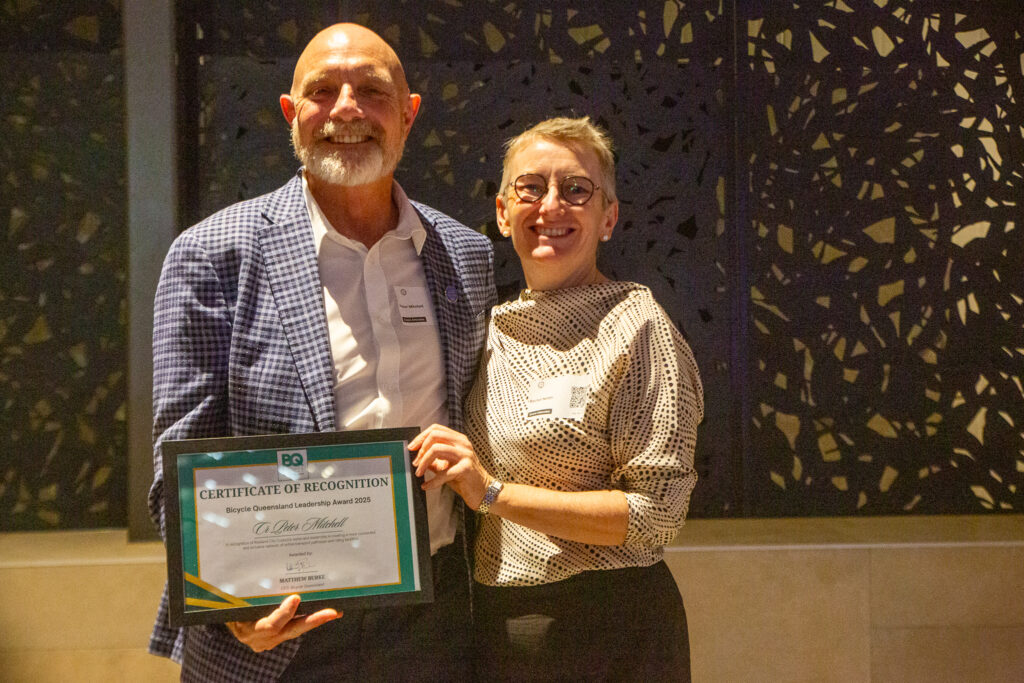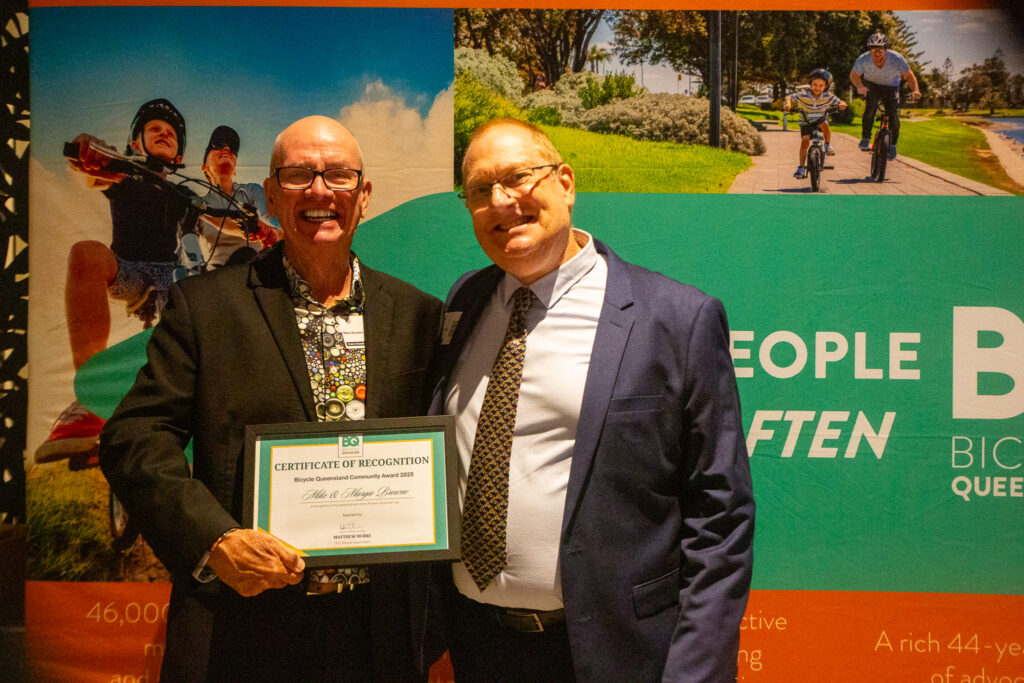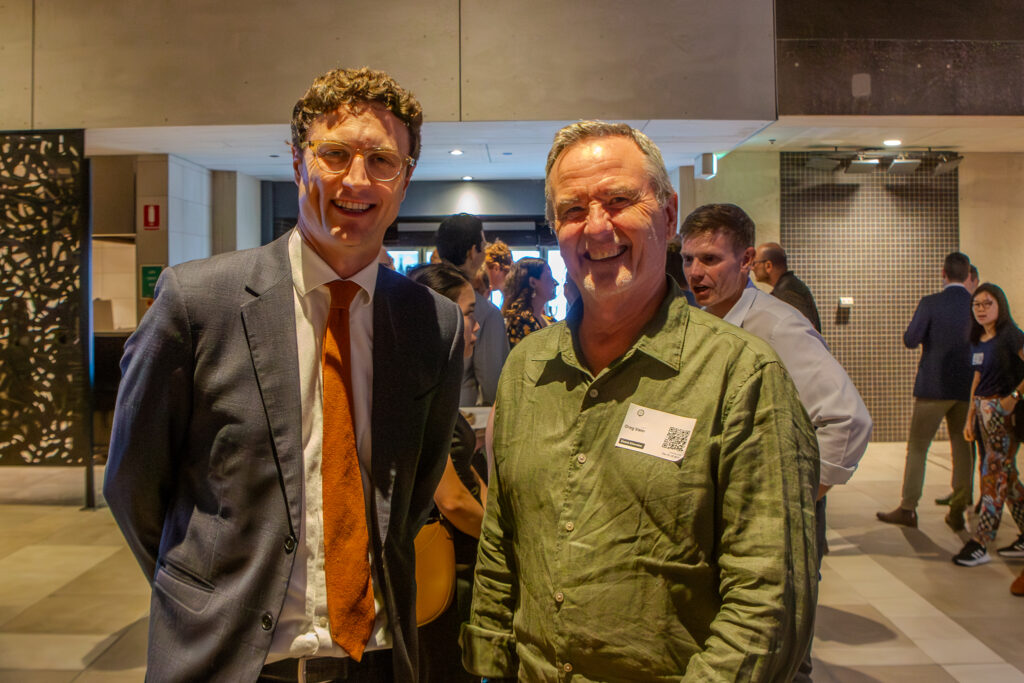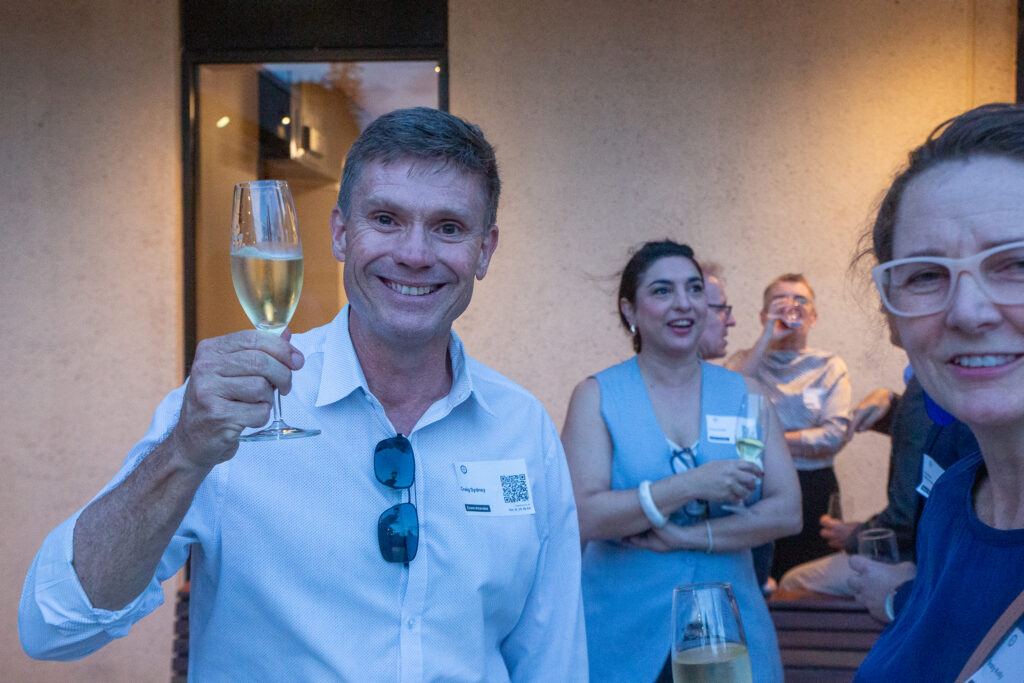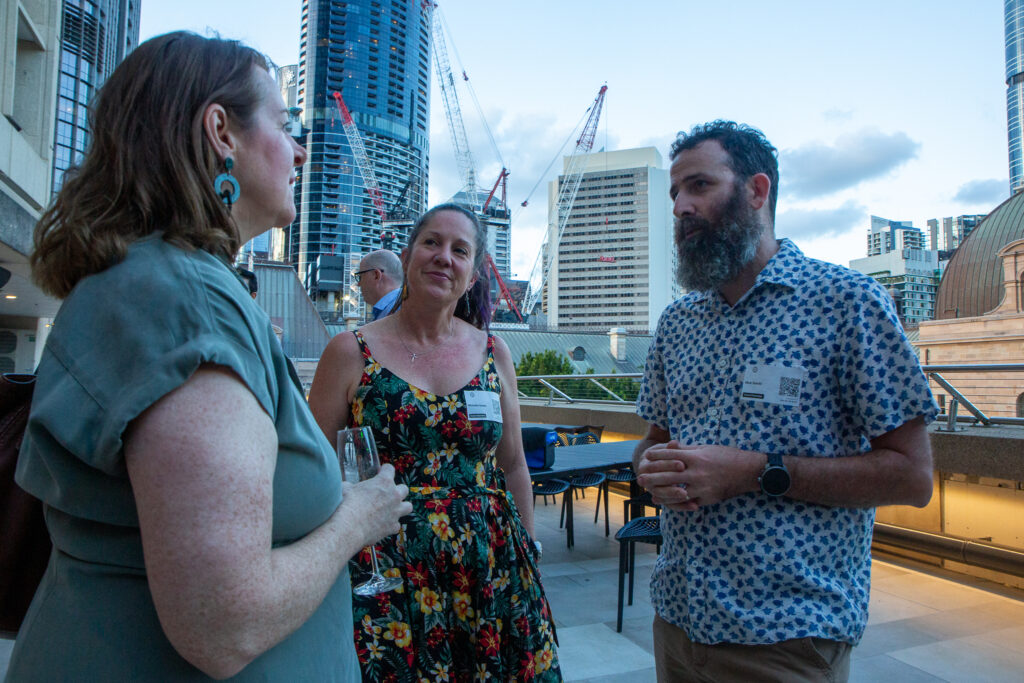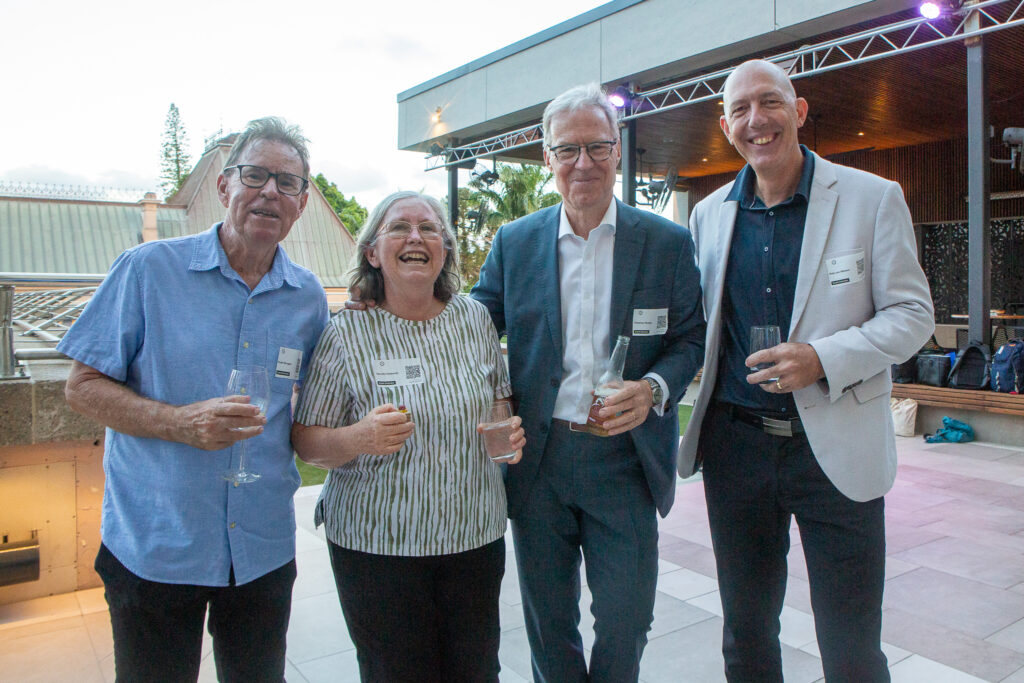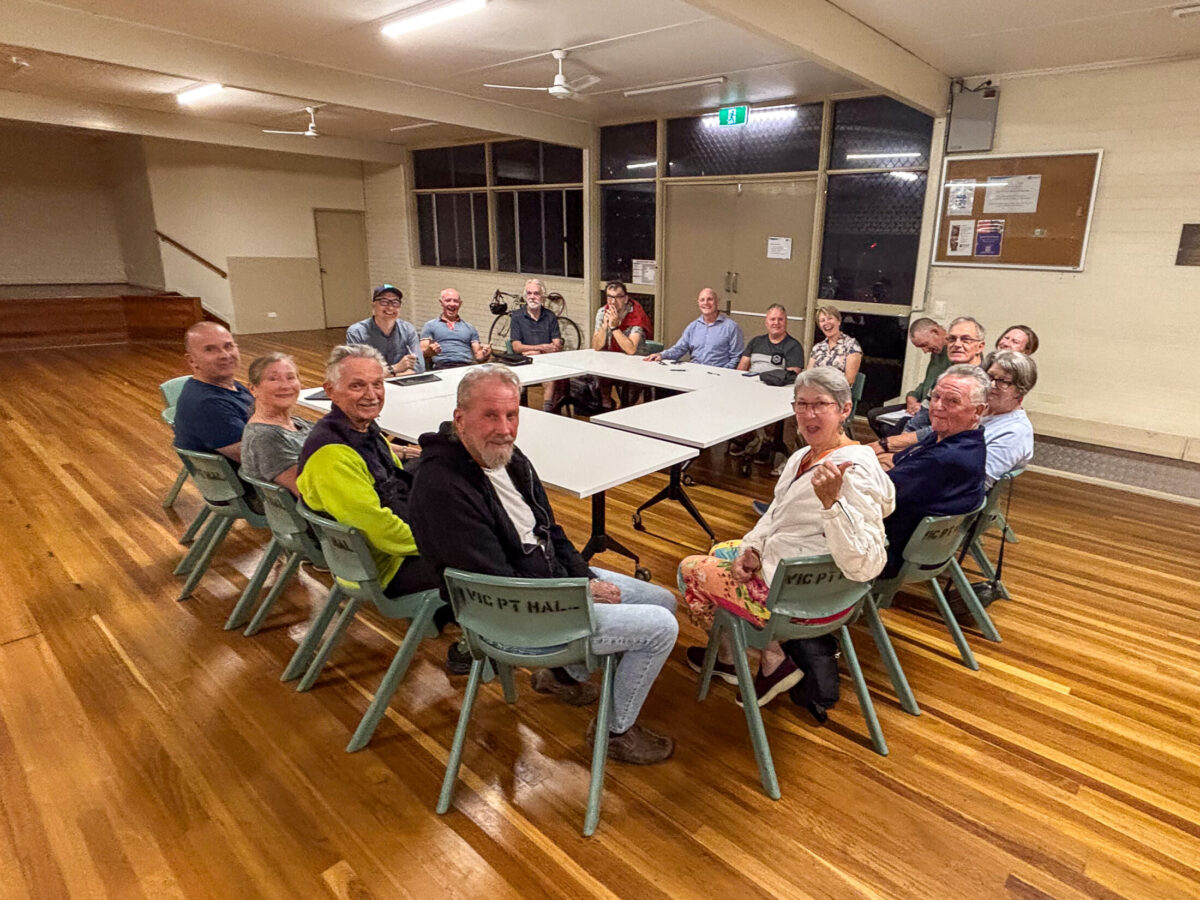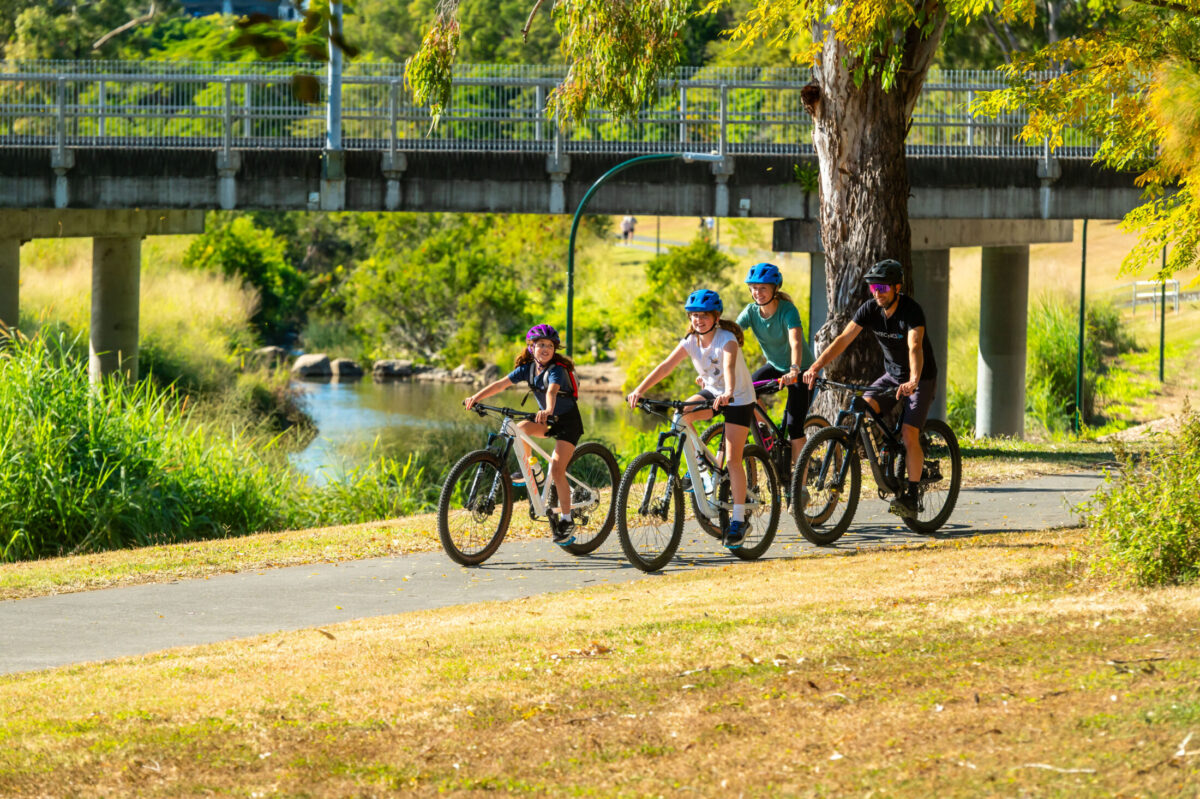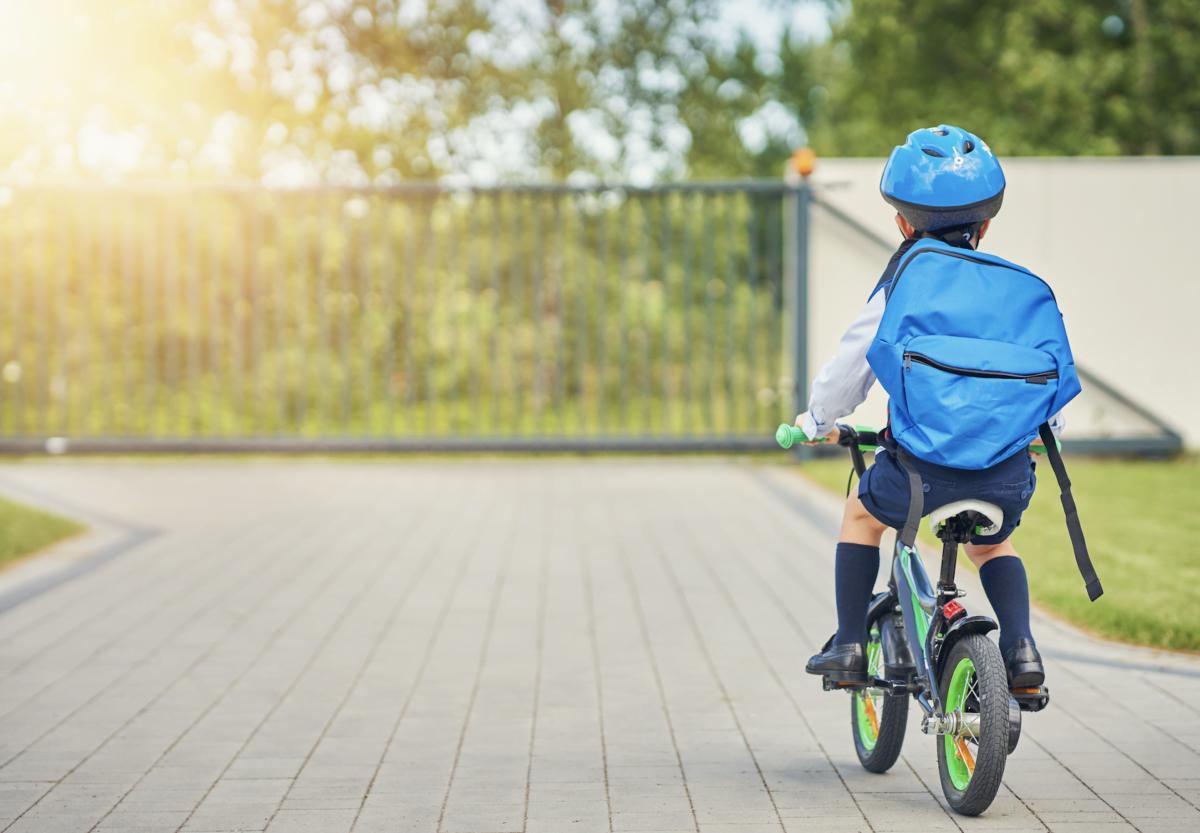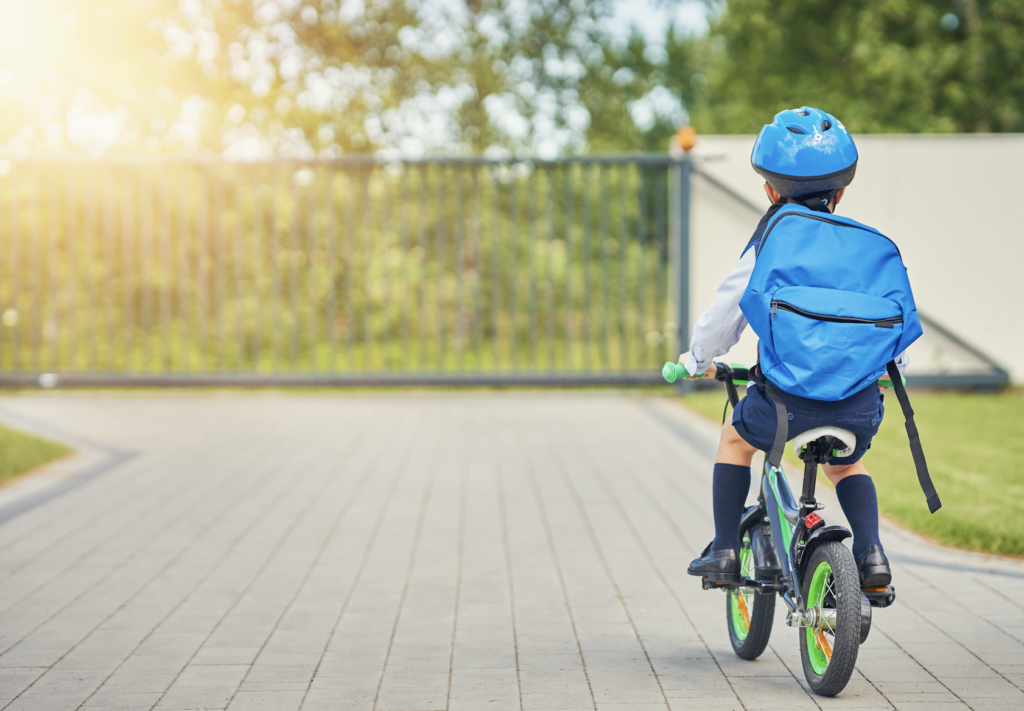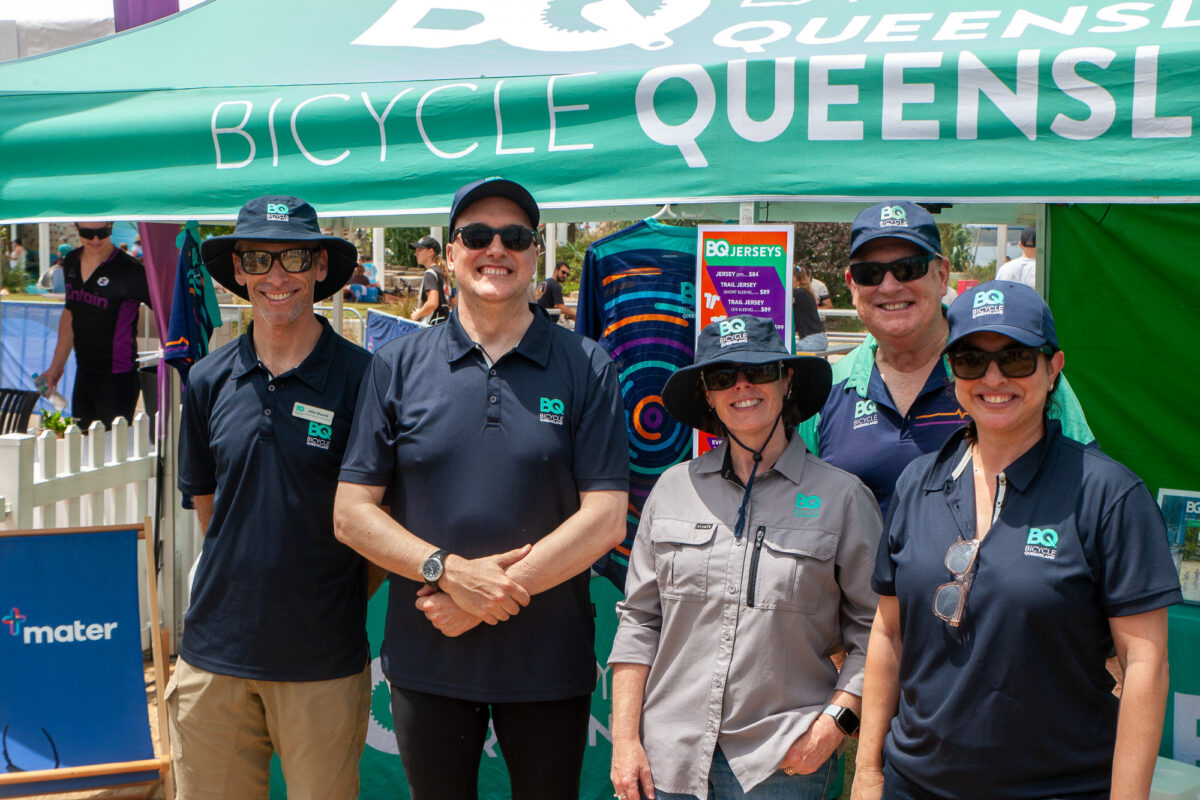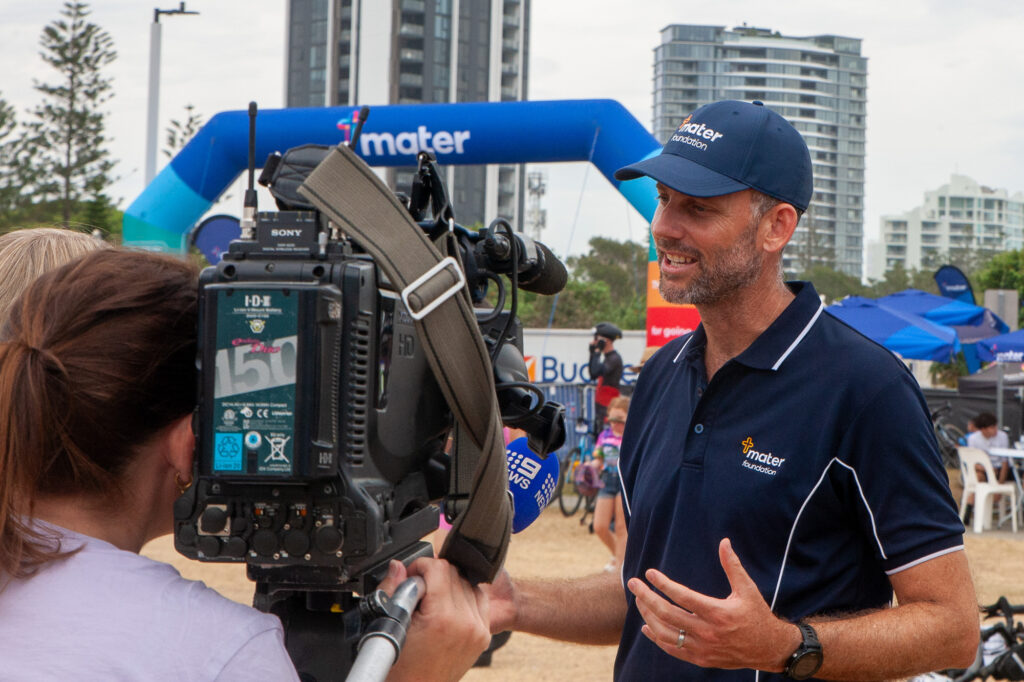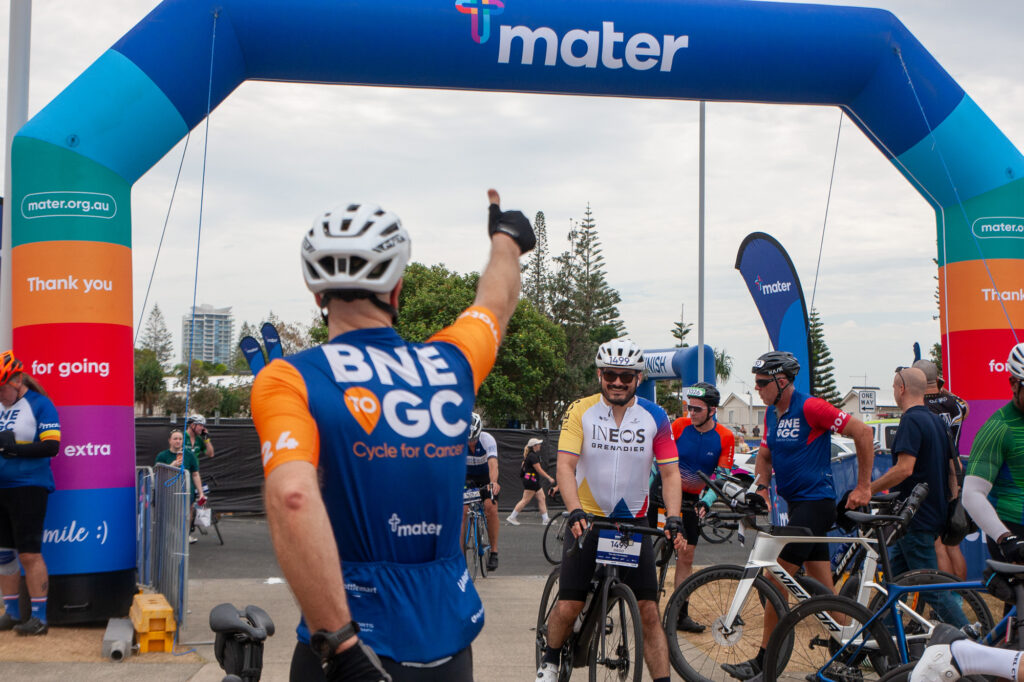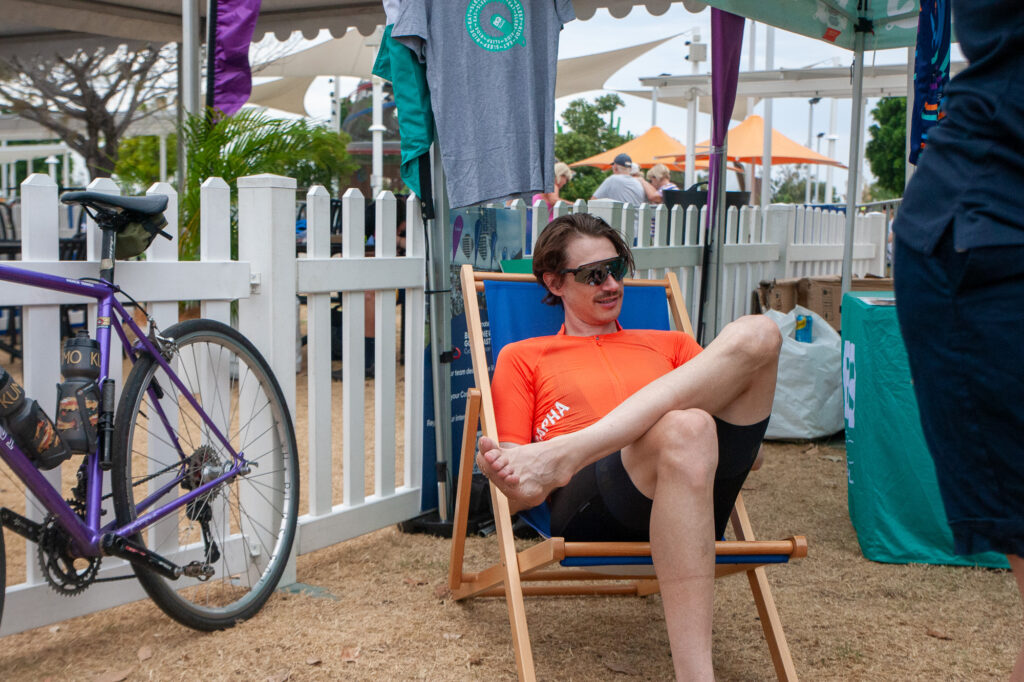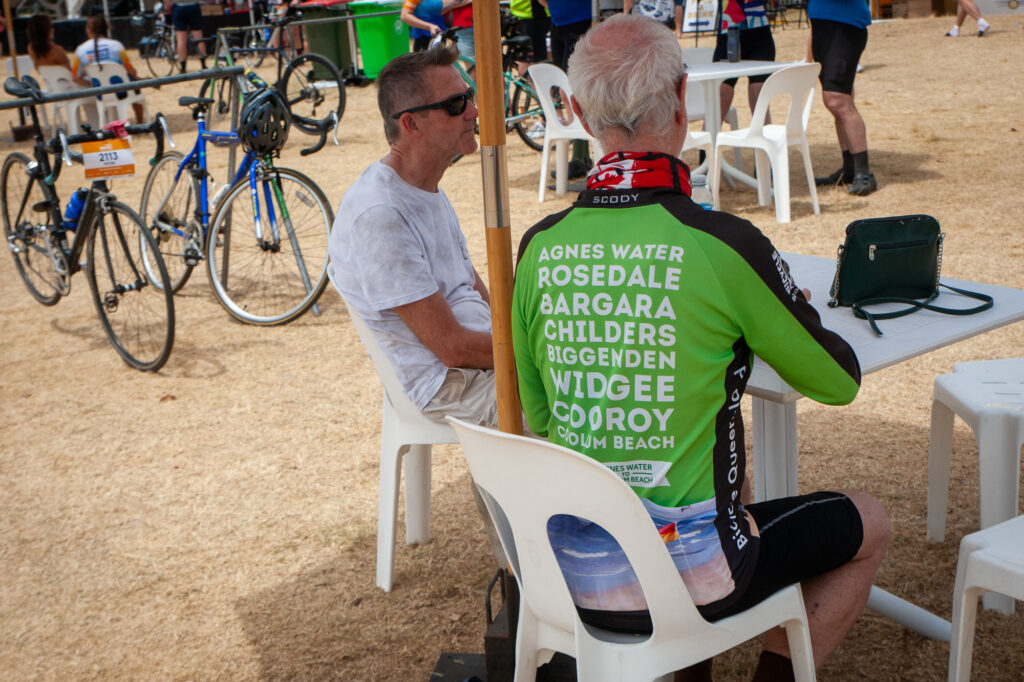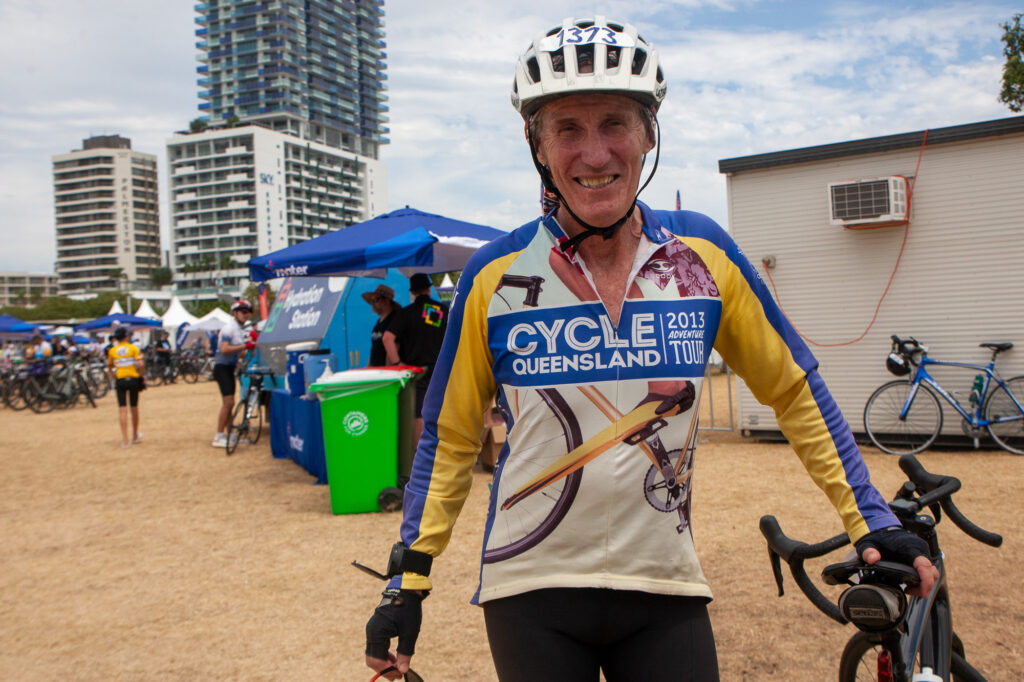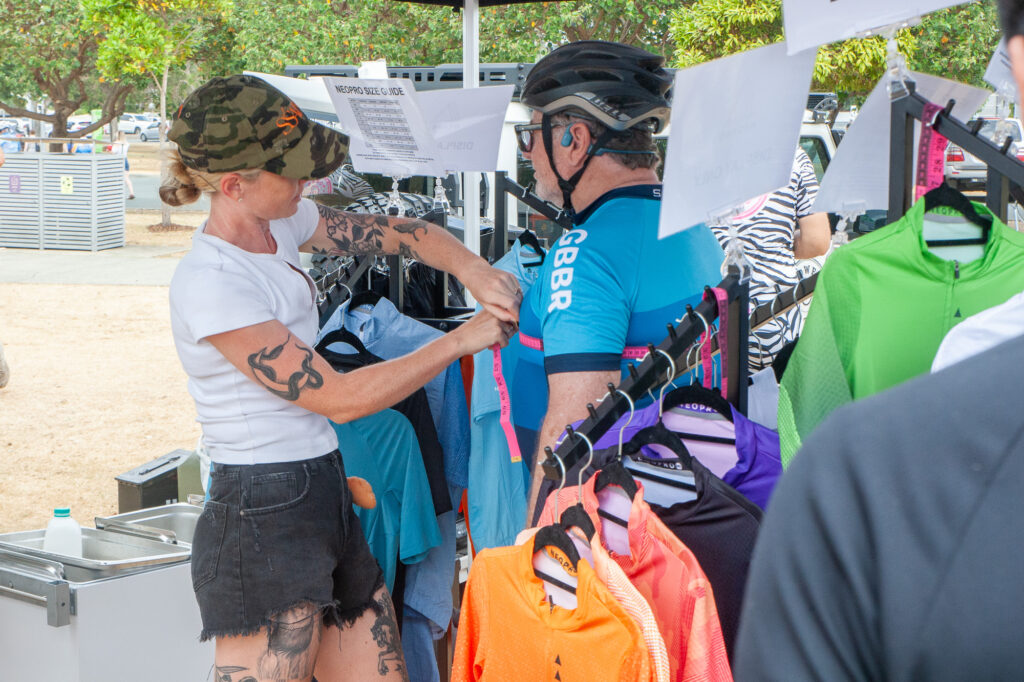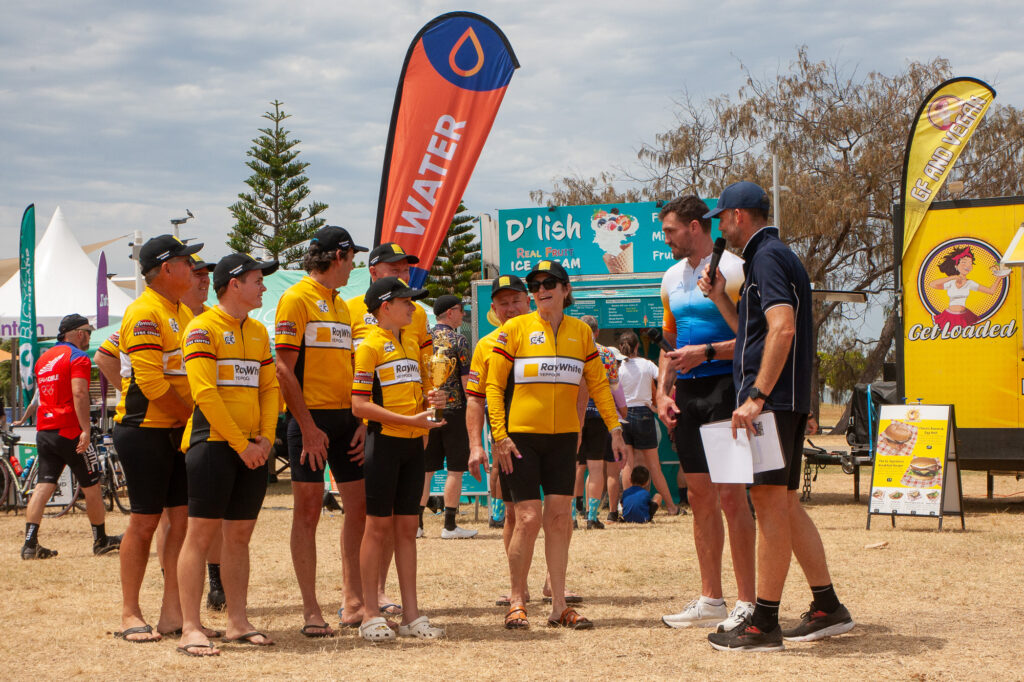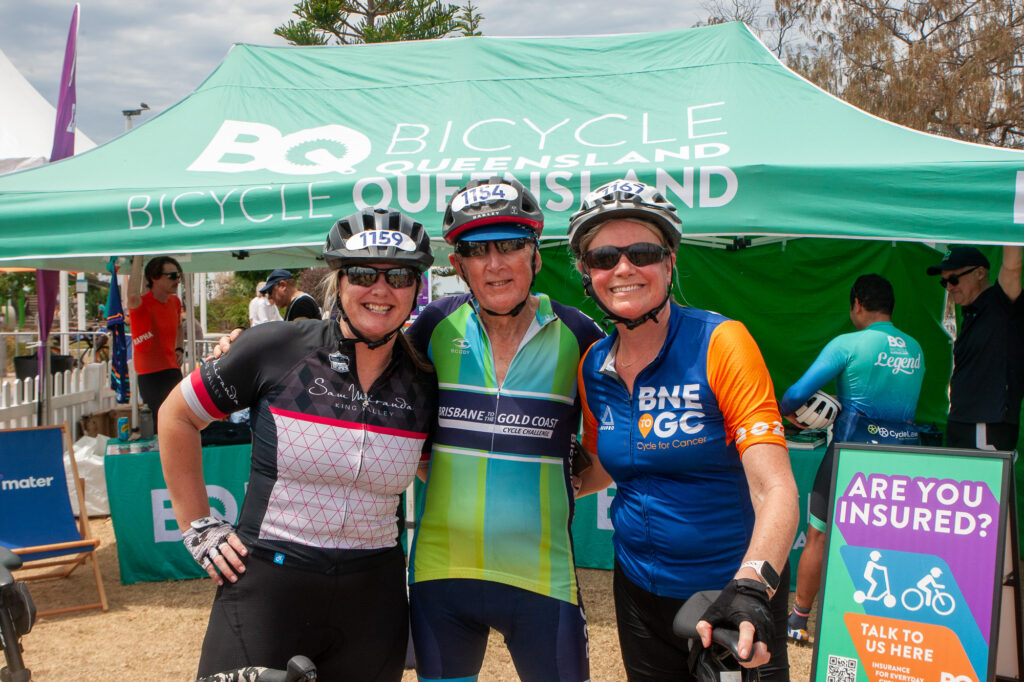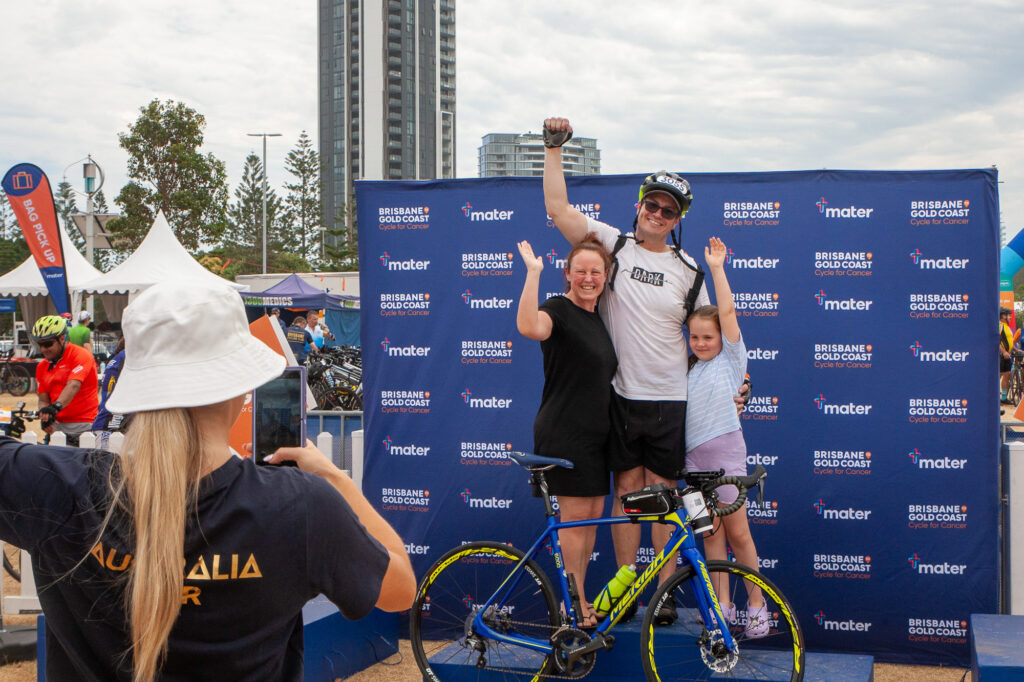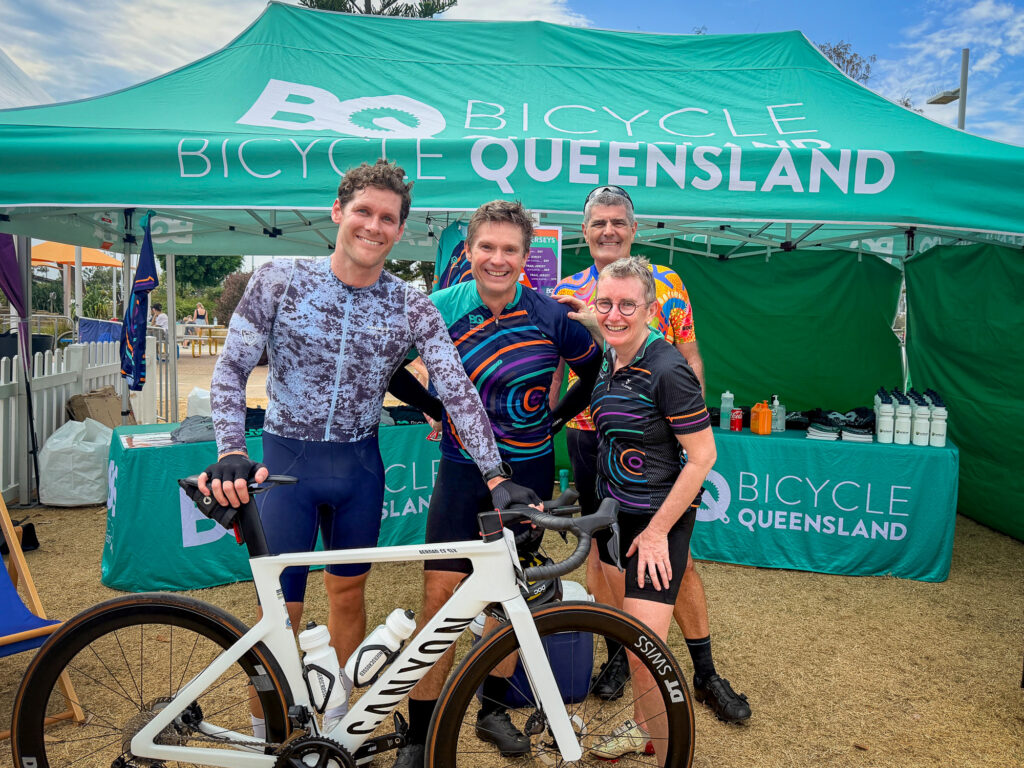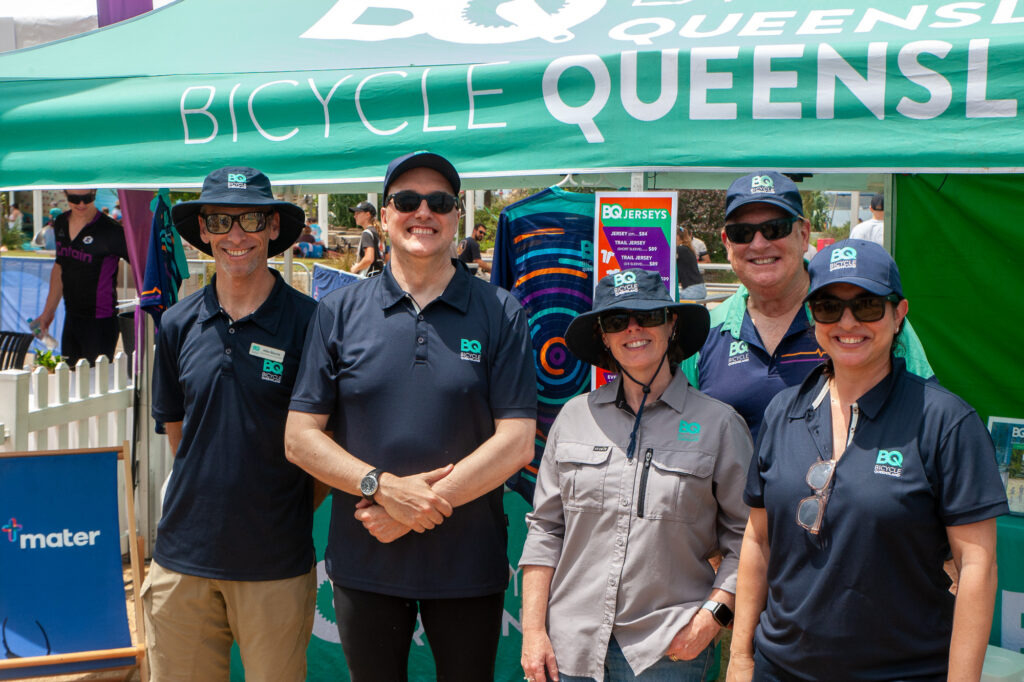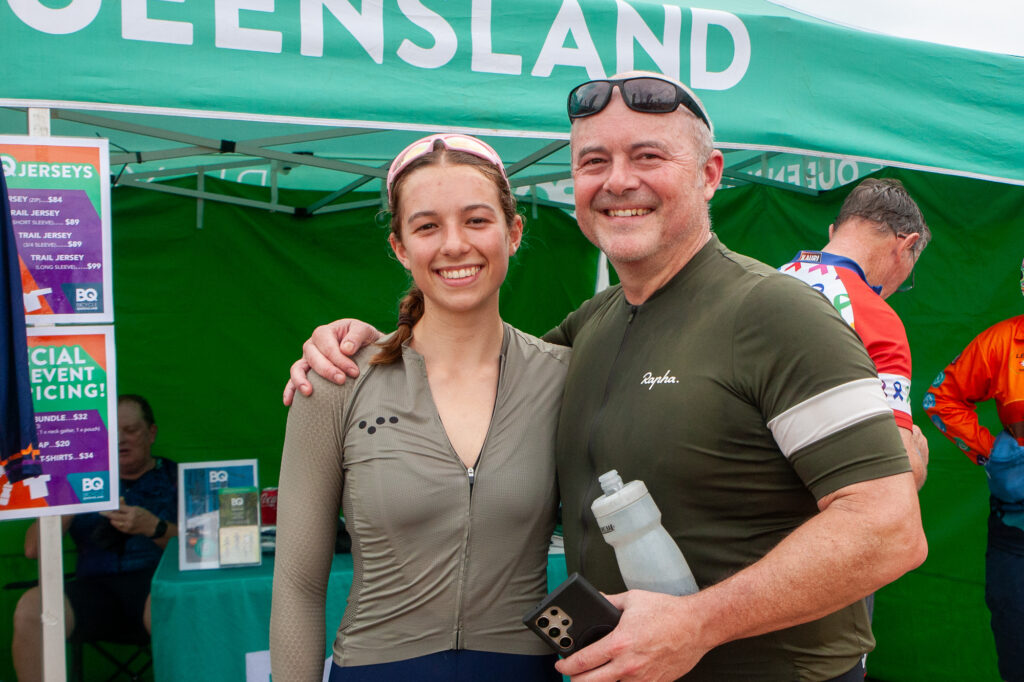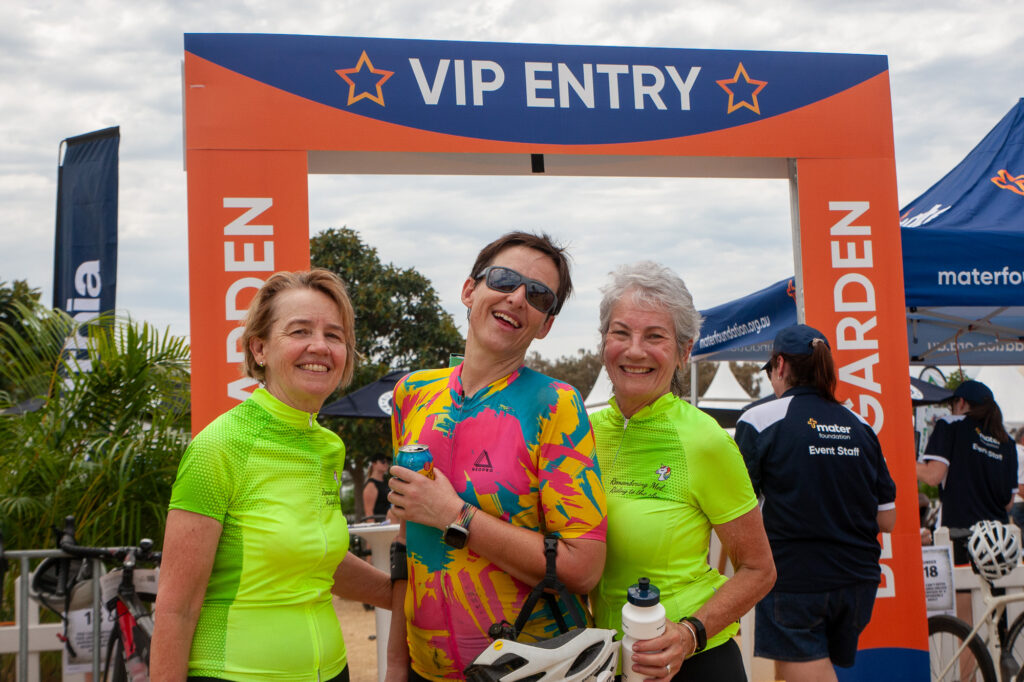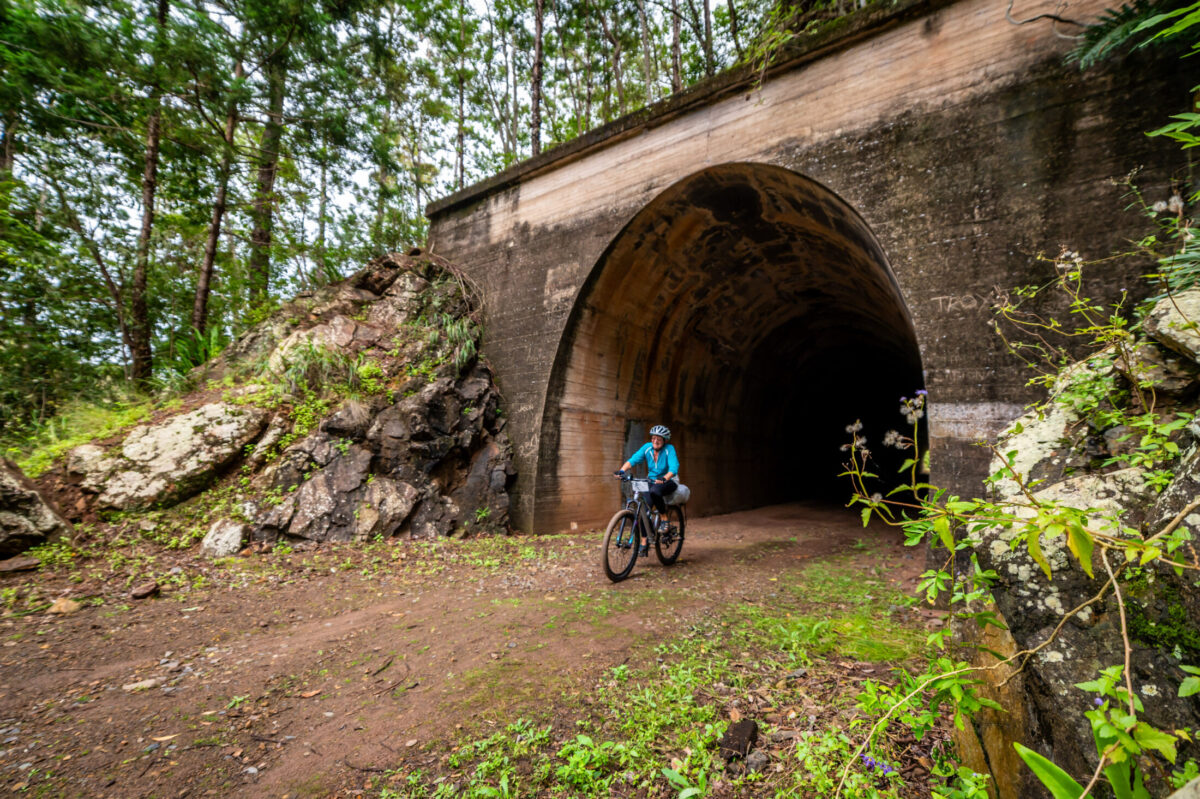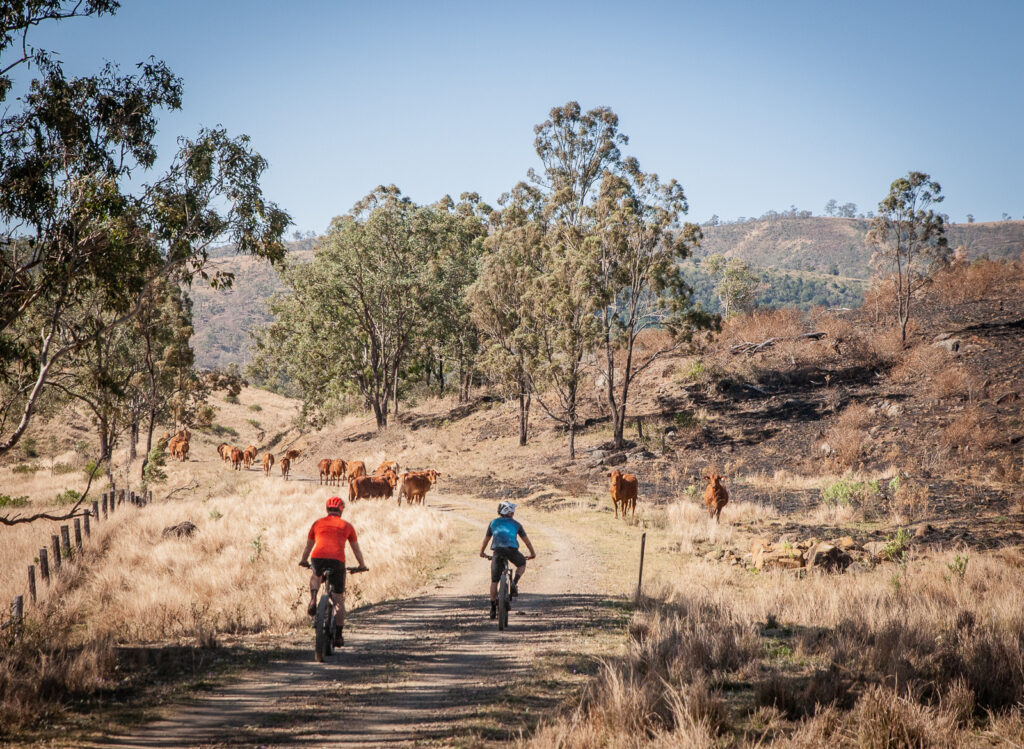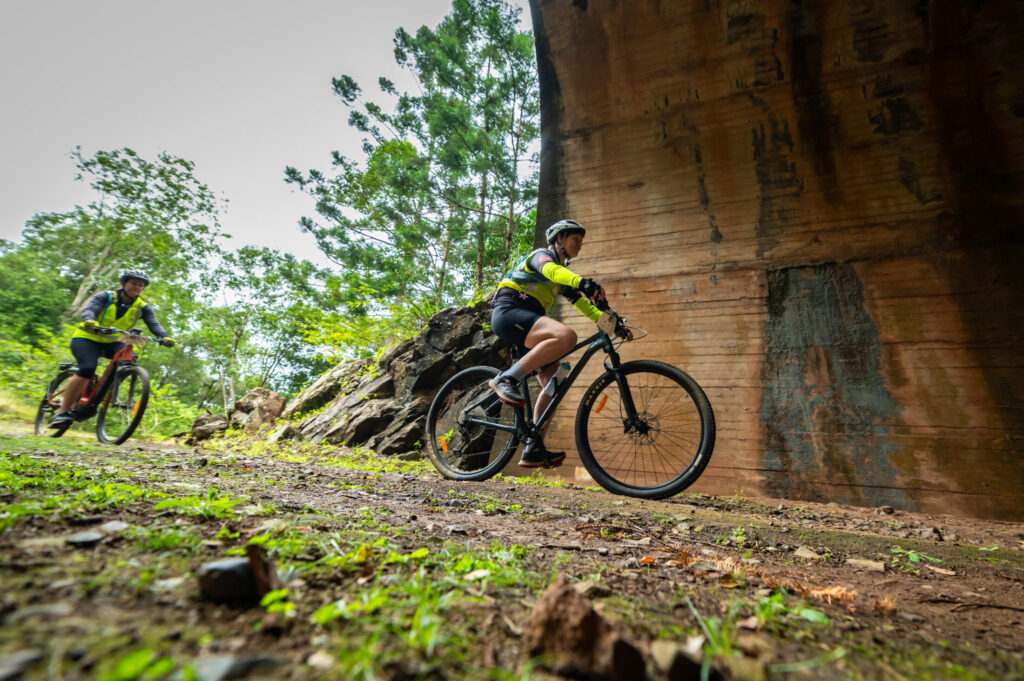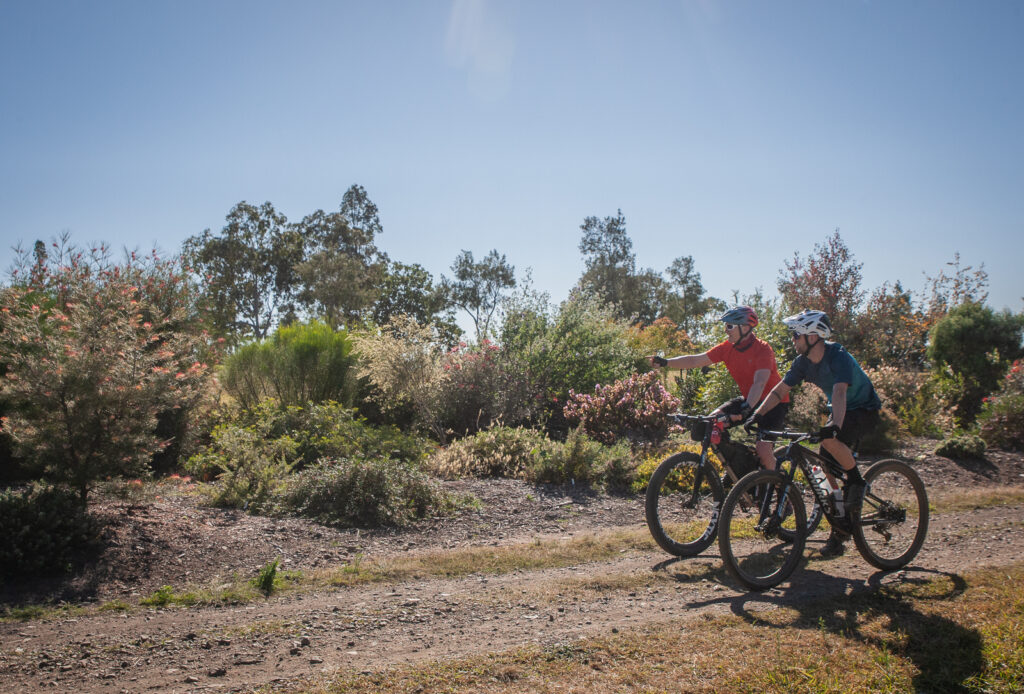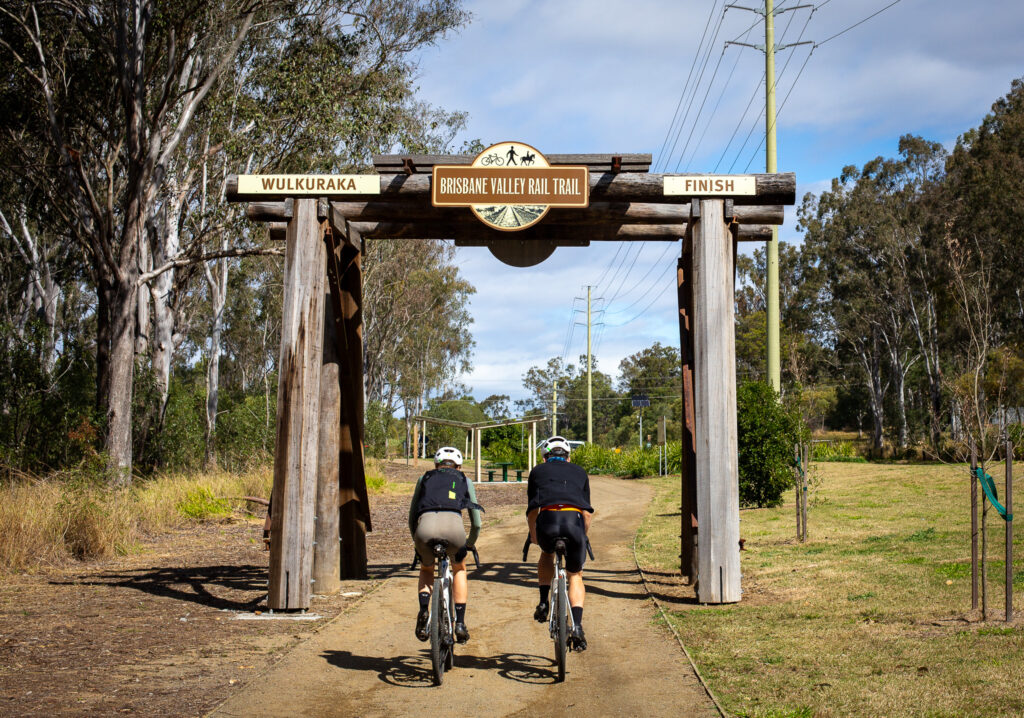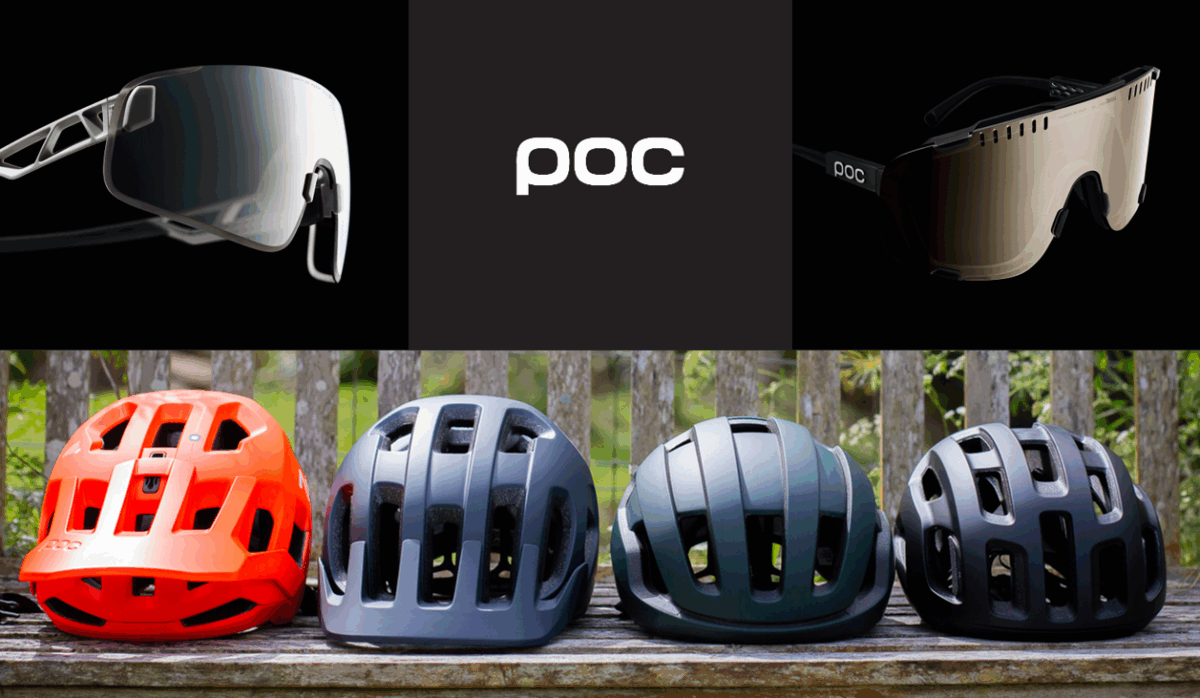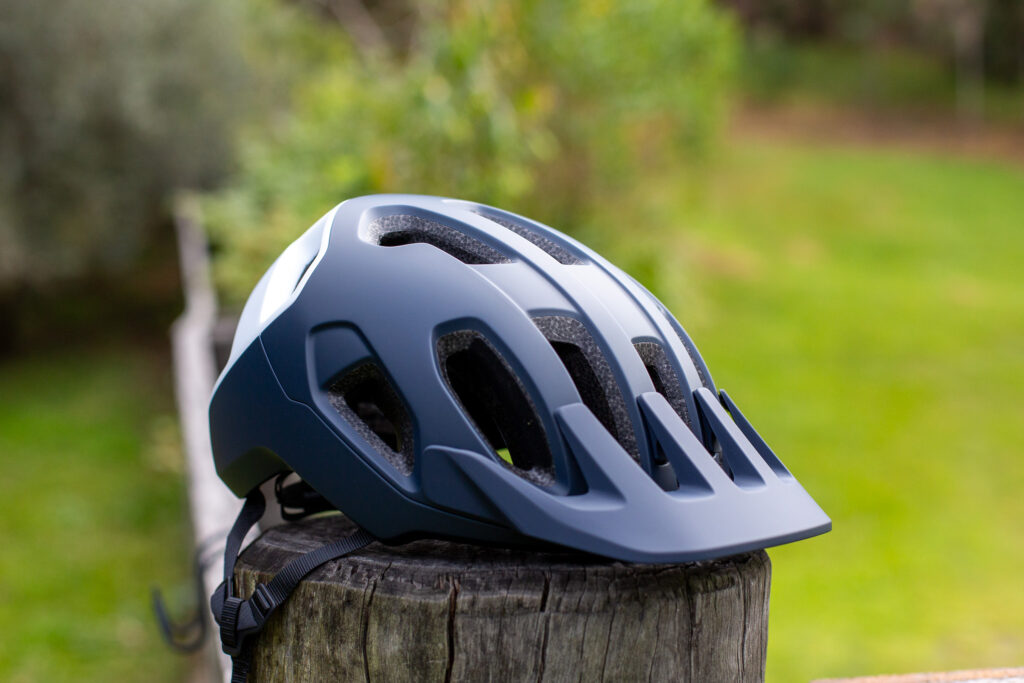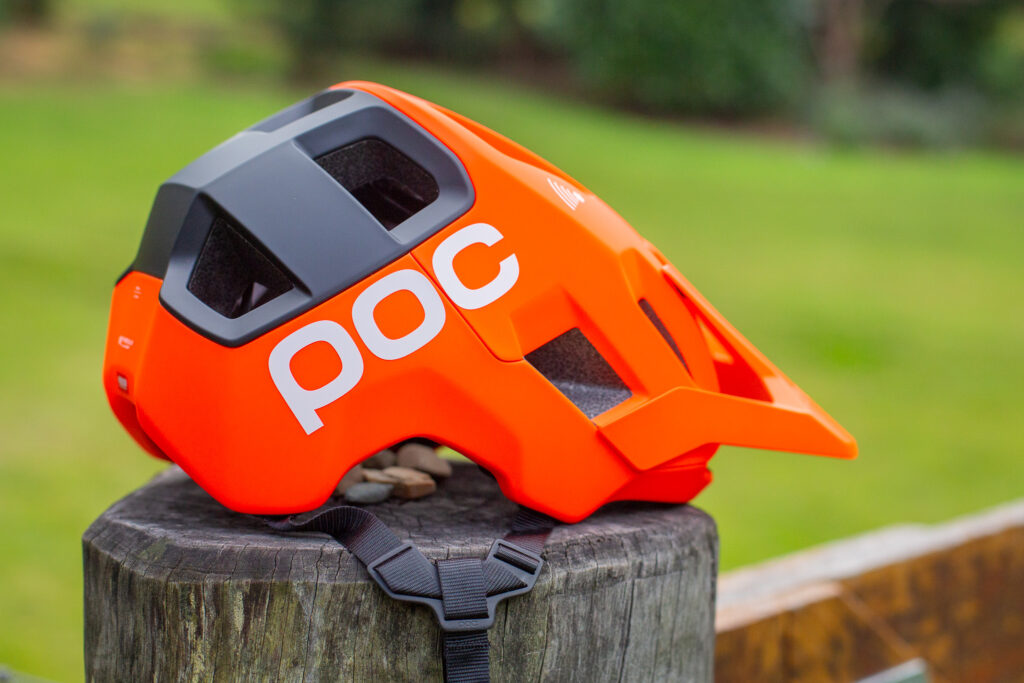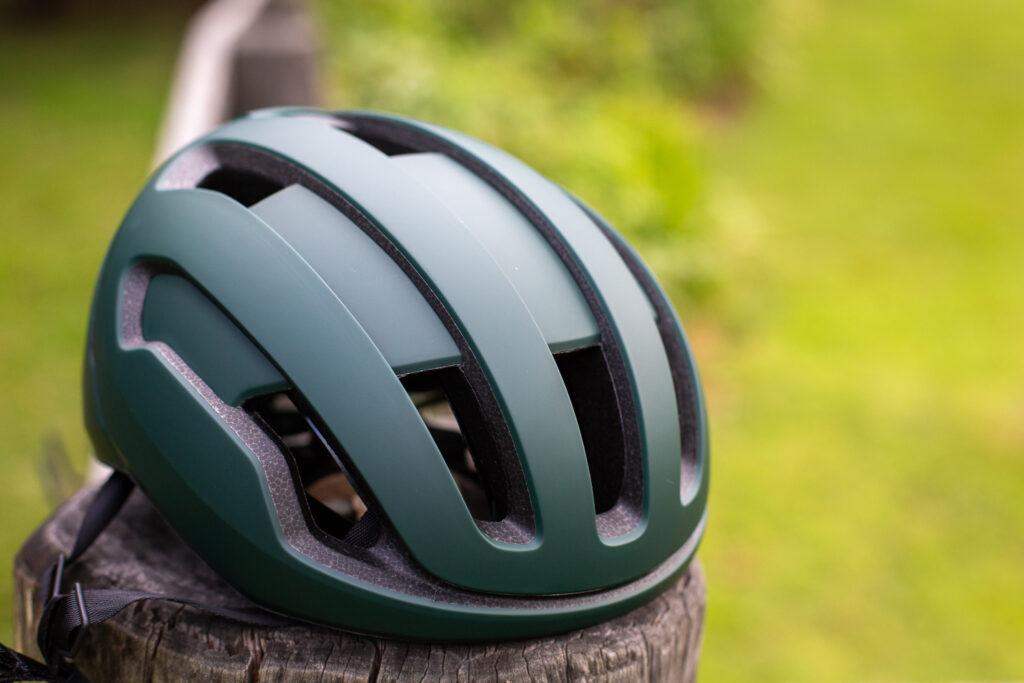Let the State and Federal Government know you want the Logan Faster Rail Active Transport Corridor reinstated.
The project team involved in designing and building the Logan and Gold Coast Faster Rail project have dumped two key sections of bikeway from the long-promised continuous Active Transport Corridor that was part of the project. We need your help to get a continuous, safe, cycling route reinstated.
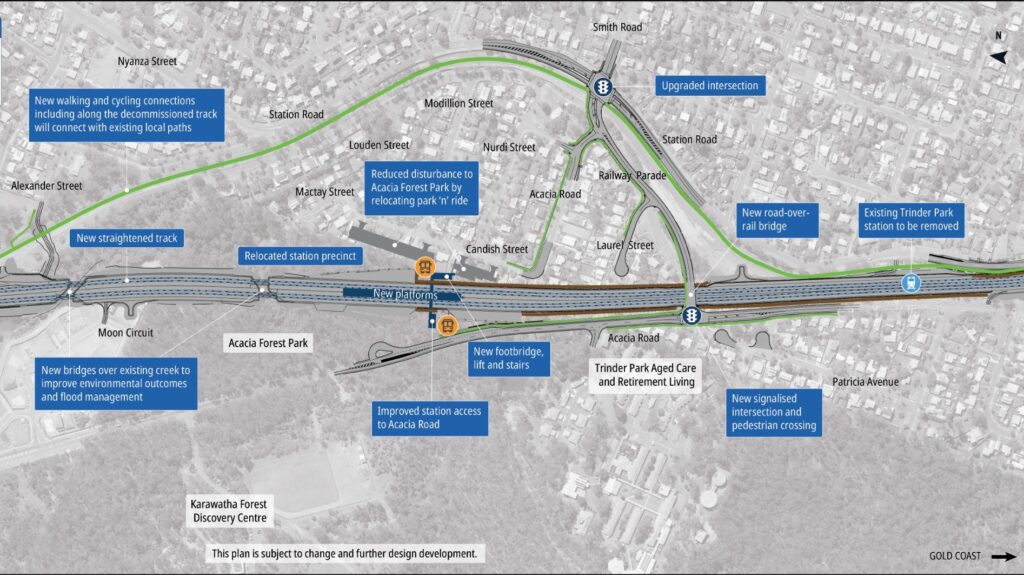
Long bikeways are rare in South East Queensland. The Logan Faster Rail Active Transport Corridor was to be three times longer than Ipswich Road in Brisbane, providing a safe riding corridor all the way from Kuraby to Beenleigh.
Transport and Main Roads were relying on it for their own Brisbane to Gold Coast Cycle Tourism Route. Logan City was relying on it for their Logan Bicycle Network.
Reference to the “continuous active transport corridor” has now been scrubbed from the project website. Despite this, Transport and Main Roads is not consulting the public about this important change.
The Logan Bicycle User Group and Bicycle Queensland briefed six weeks after first asking for information. We were informed that instead of a continuous route, the section paralleling Jacaranda Ave between Woodridge and Kingston Stations was to be axed. So was the section from Compton Road north to Kuraby Station. That is despite the land being purchased for the Active Transport Corridor already.
Our highest priority is reinstating the Woodridge to Kingston section. This would deliver most of the continuous bikeway initially promised. It is also the section that directly services four important schools with 4,000 students: Kingston State School, Groves Christian College, and Kingston State College, all just off the rail corridor, and Loganlea State High School that is smack bang on the corridor south of Kingston Station.
But really, the whole Active Transport Corridor should be immediately reinstated. Both the Queensland and Commonwealth Governments have promised that whenever they build large transport projects, that they will include active transport as a key part of the project. This decision breaks that promise by both levels of Government. It was the then Transport Minister Anthony Albanese who brought this “positive provision” policy in at Commonwealth level.
It makes sense: bicycle routes are needed to help people access the stations along the corridor, if we don’t build them as part of the project it is way more expensive to build it later.
WHAT YOU CAN DO
If you want to ride safely from Brisbane to the Gold Coast, or live down near Woodridge and Kingston, please act now:
- Let the project team know your thoughts directly at: logangoldcoastrail@tmr.qld.gov.au
- Write, call or email your local State Member of Parliament and ask them to raise the issue directly, via the details available here.
State MPs in the area are Melissa McMahon (MP for Macalister, email macalister@parliament.qld.gov.au), James Martin (MP for Stretton, email Stretton@parliament.qld.gov.au), the Hon Cameron Dick (MP for Woodridge, email Woodridge@parliament.qld.gov.au) and the Hon Shannon Fentiman (MP for Waterford, email: Waterford@parliament.qld.gov.au). (All of these are Labor MPs, if that assists in shaping your message).
- Write, call or email your local Federal Member of Parliament to ask them to reinstate the Active Transport Corridor – that the Commonwealth also agreed to fund: for details click here.
Federal MPs in the area are Julie-Ann Campbell (MP for Moreton, Julie-Ann.Campbell.MP@aph.gov.au), Rowan Holzberger (MP for Forde email: Rowan.Holzberger.MP@aph.gov.au, and the Hon Jim Chalmers (MP for Rankin, email: jim.chalmers.mp@aph.gov.au). (Again, these are all Labor MPs, but in this case it is a Labor Federal Government which is part-funding this project).
ANYTHING ELSE
If you have children or grand-children at Kingston State School, Groves Christian College, Kingston State College, or Loganlea State High School, please contact your local Parents & Citizens Association, and ask them to fight for the bikeway.
As the project team has decided not to consult the public about the removal of the bikeway corridor, there is no firm deadline to get your submission in. But the project will soon move from the design phase into construction. Then it will be too late.
They’ve bought the land already. Let’s get the Active Transport Corridor built.
Please act fast! It can’t wait until after Christmas.
